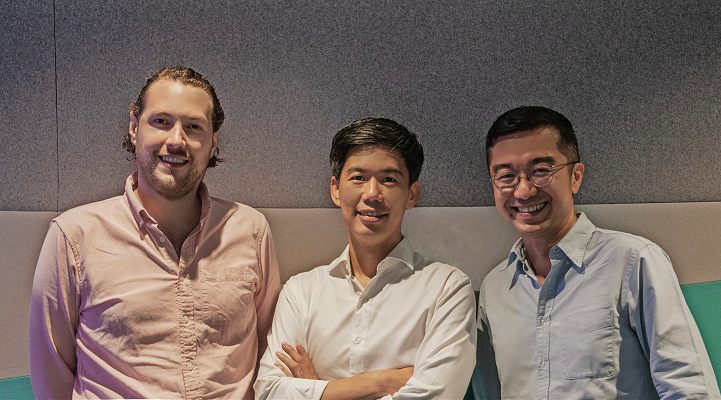Singapore-based e-commerce aggregator Rainforest is just one year old, but it has already acquired 12 e-commerce brands and surpassed US$30 million in revenue. It recently raised US$20 million in a Series A funding round and has big plans to add another US$100 million in revenue through further brand acquisitions this year. We spoke with Rainforest CFO Jason Tan about the company’s strategy and vision. Here are some of the key takeaways. On the company’s first year “In the firs
the first year, we acquired 12 brands. They are predominantly [based] out of Asia Pacific, [but] they are predominantly selling on Amazon in the US and Europe. We started off being a bit more agnostic in terms of the categories that we acquired, but now we are very focused on our target buyer: mums and value-seeking female buyers. The idea is to build brands around them. Anything from maternity to kids [and] homewares, those are our sweet spots, and the opportunities are massive in this market.”
On the opportunity in the US and Europe
“Number one is just the depth and the size of the market. If you look at Amazon, in 2020 alone, its third-party gross merchandise value (GMV) was US$300 billion, and in 2021, it added something like an estimated US$60 billion. If you look at Southeast Asia, if you [were to add] the GMV of all the marketplaces – Shopee, Lazada, etc. – you would not even [reach] US$60 billion.
“Number two is there is a lot more focus on brand building on Amazon compared to the Asian marketplaces. We feel that consumers in the US pay a lot more attention to things like reviews, rankings and ratings, and their decision-making process is based on that. If you look at marketplaces [in Asia Pacific], it tends to be more driven by price. And as we know, [focus on] price is essentially a race to zero. A lot of manufacturers and retailers are facing cost pressure now, and if you have price pressure as well, it’s a dangerous situation. We feel that we are able to maintain our margin a lot better in the US and the UK.”
On driving growth in e-commerce brands
“Credit needs to be given to the brand owners because they’ve done an amazing job running these businesses on a solo basis, or [with] a very small team of three or four people. That’s just amazing to me. When we look at a brand, the most important question we ask ourselves is, ‘Can we be a better owner?’ That’s a tall order, but that’s exactly the idea of building a portfolio. It allows us to invest in functions and resources that perhaps were not available to the previous owner.
“If you asked me what’s the single most important function to invest in today, it’s supply chain and building supply chain resiliency. Can you get your goods on time to the US? How do you deal with port congestion? If the port in China is closed because of Covid, how do you re-route your container to the next one? That’s something we have invested in.
“We have also invested in product development, and obviously, there’s standard stuff like improving the efficiency of paid marketing. Opening up new markets is probably a longer term project, but it’s not a question of ‘if’, it’s a question of ‘when’.”
On future acquisitions
“We expect to have between 30-35 brands by the end of this year, but the number of brands is not that important. What’s more important is the size and the revenue [of those] brands. We are looking to add another US$100 million dollars [in revenue] at least through acquisitions this year. We are still seeing a lot of brands in our target categories that we can actually acquire, so we are confident that we will be able to achieve the targets that we have set.”
On competition in the aggregator space
“People sometimes ask me, ‘Do you compete with other aggregators?’ Occasionally, yes, but everyone is slowly carving out their niches. One of the benefits of focusing on a target market is that it allows us to focus on building our capabilities a lot better, and that [helps] convince future sellers that we will be a better owner. Assuming we’re in a situation where we are paying the same commercial [terms] as the guy next door, we can prove that we know the space a lot better than him. Trust us, and we will build your brand to greater heights.”
On the recent push into China
“On the seller side, it’s an absolutely huge market. That’s no surprise, given how much manufacturing is in China. We have been building our team there. We [appointed] a Chinese GM last quarter, and we are hiring a couple more people to help him out. Number one, to convince great brands to get on board with us. Chinese sellers tend to be larger relative to other markets, so that works very well for us as we build our portfolio. Number two, to help us on the supply side, whether by building resiliency, or improving margin by having better-negotiated deals. China is super important, maybe not on the consumer side for the moment, but on the seller side and the supplier side.”

